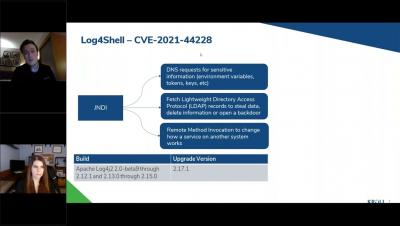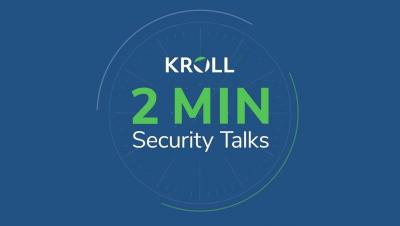Navigating a Heightened Cyber Threat Environment
Cyber risk has never been completely independent of world politics and international affairs, but in recent weeks, there has been a significant shift in alignment. The domain of physical war has closer ties to the digital sphere than ever before. As part of efforts to manage elevated cyber risk, it is vital to understand the short-term impact and longer-term risk of current events, and where focus should be placed to achieve the best defense.






